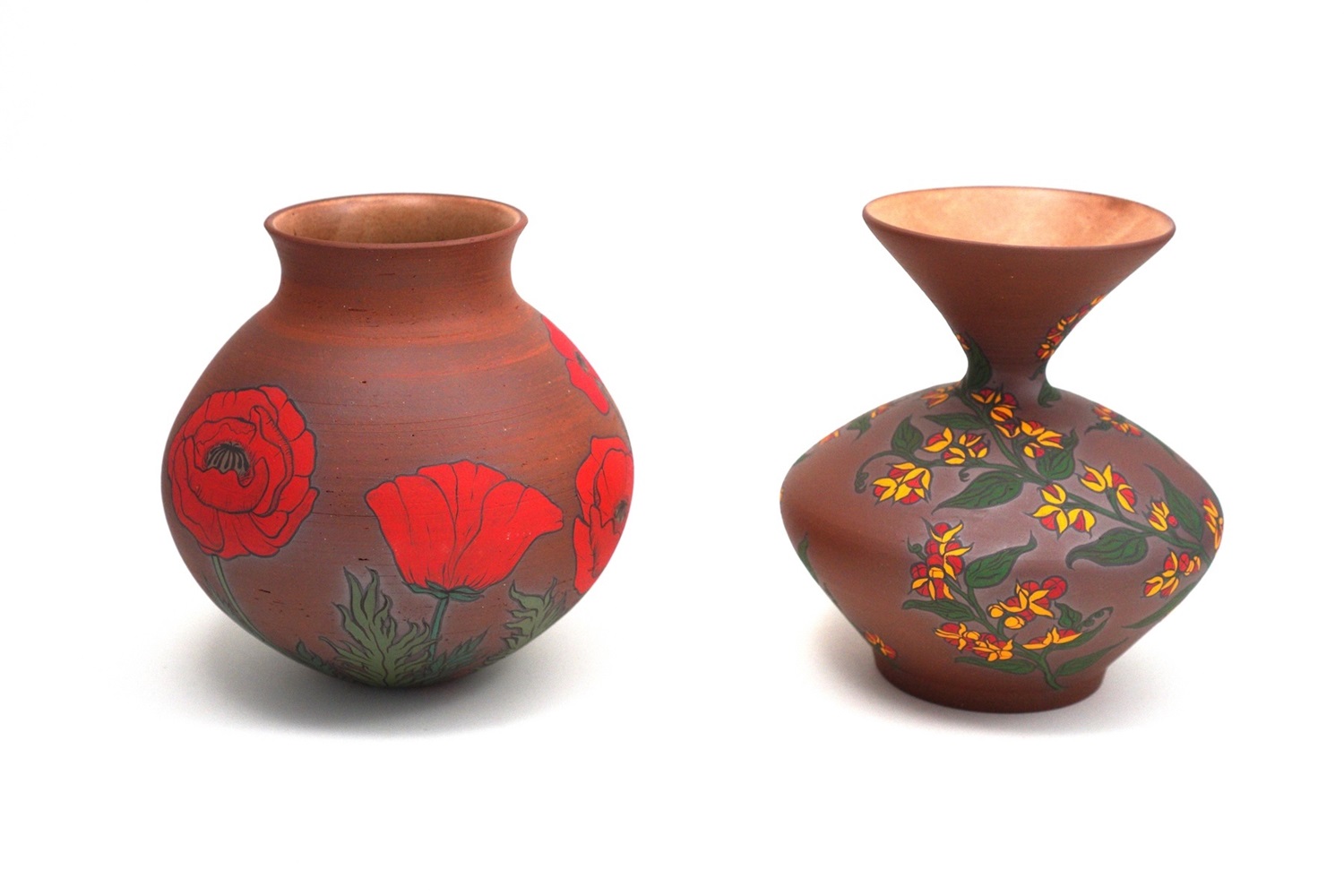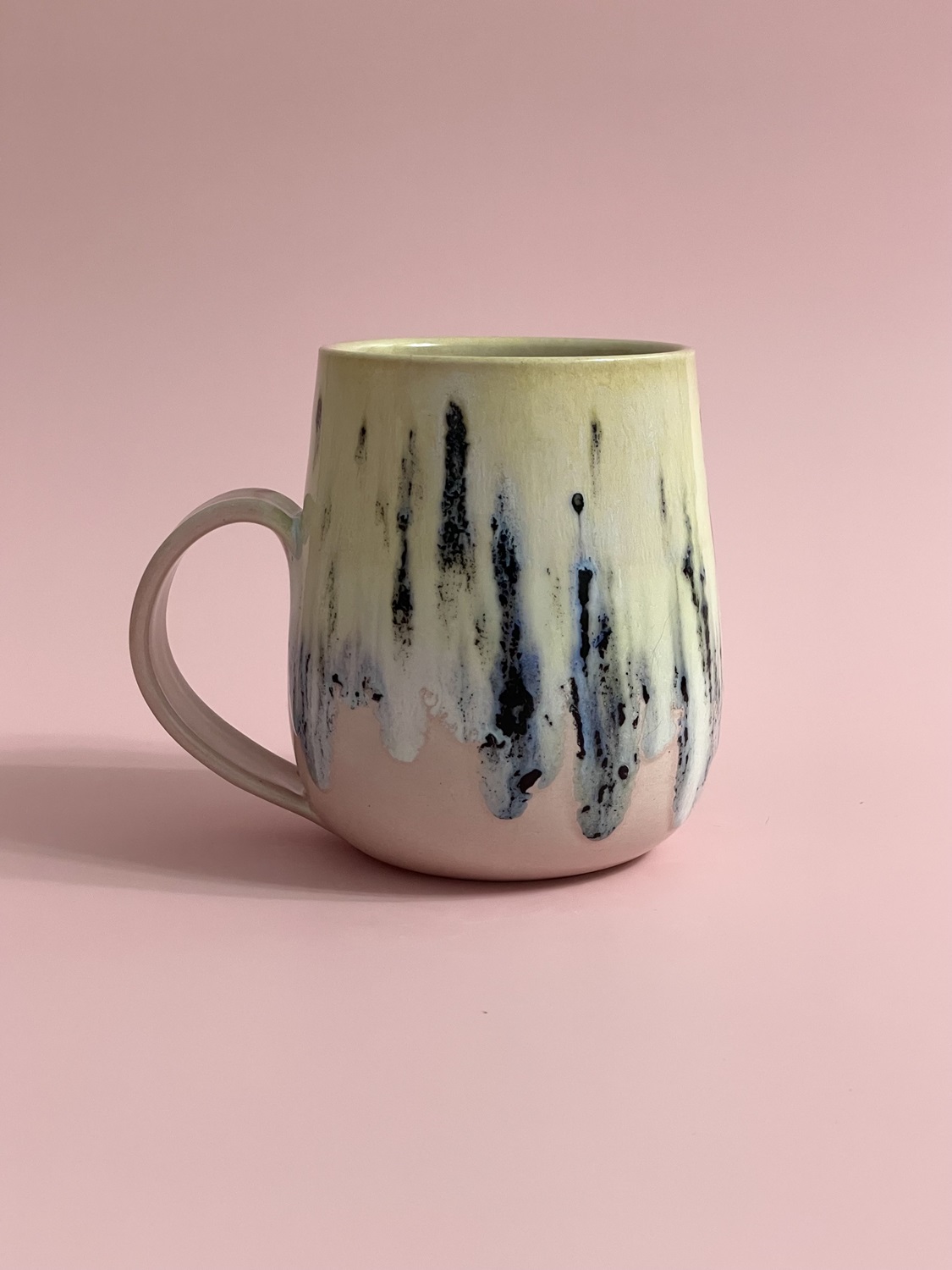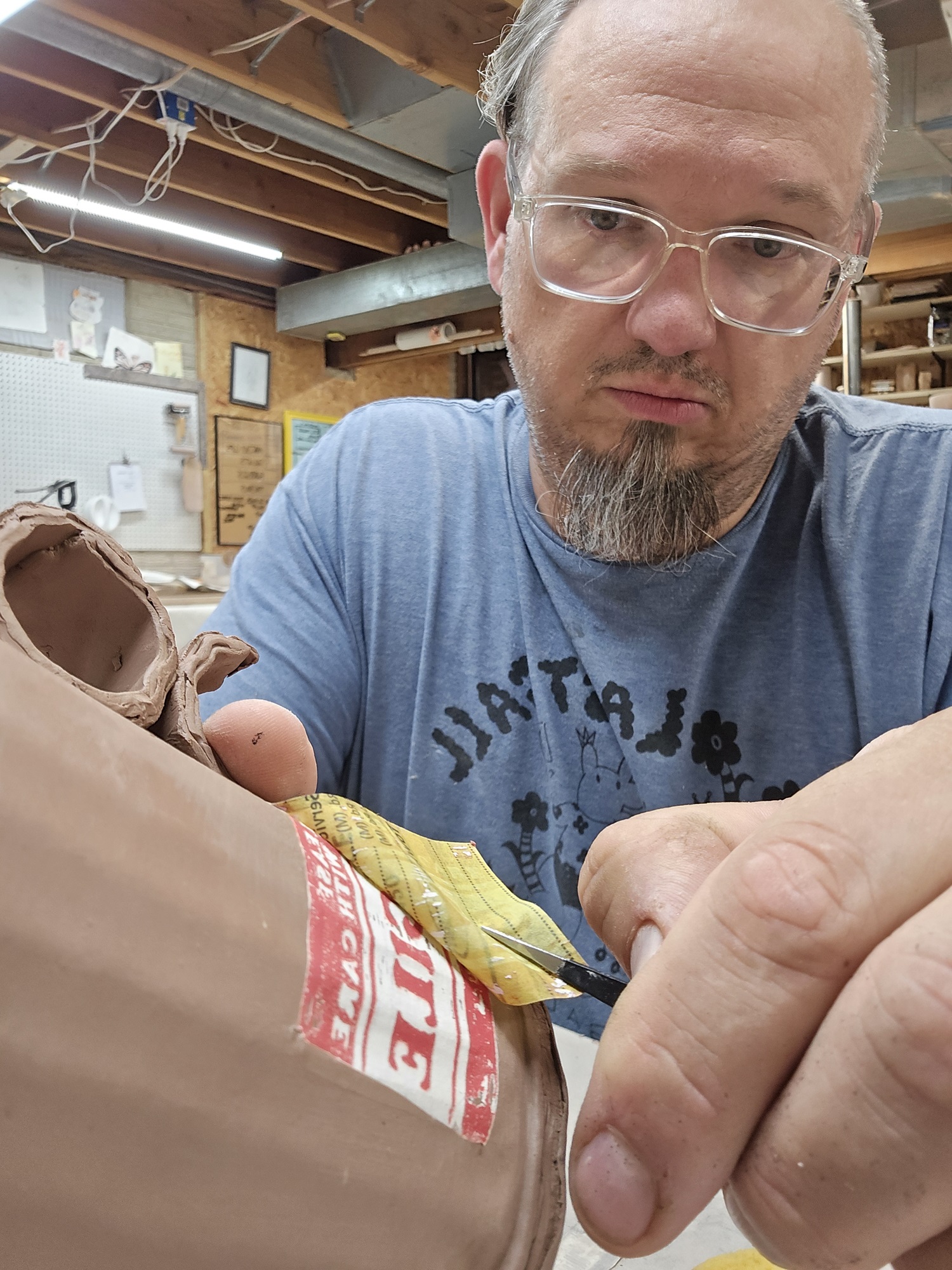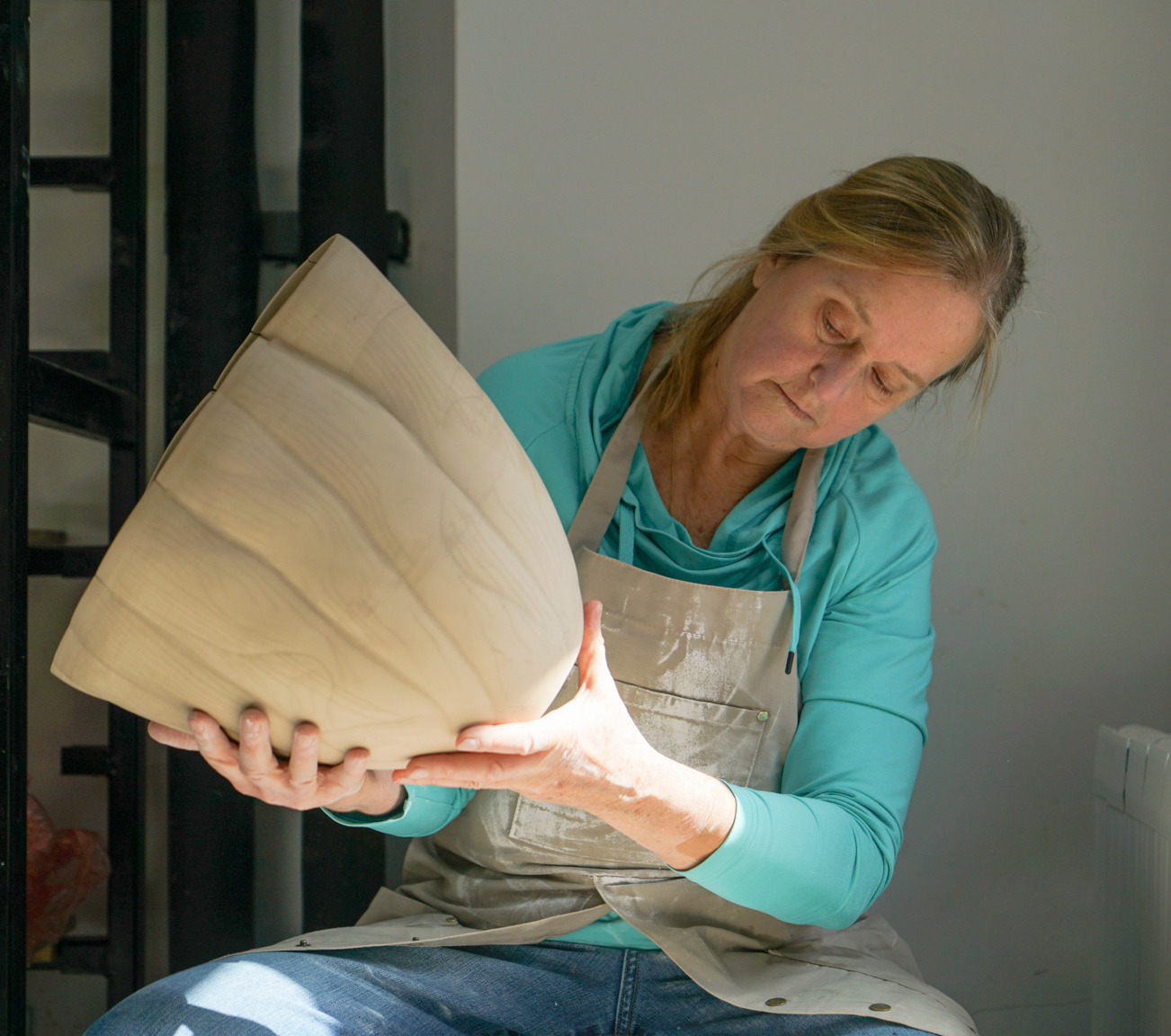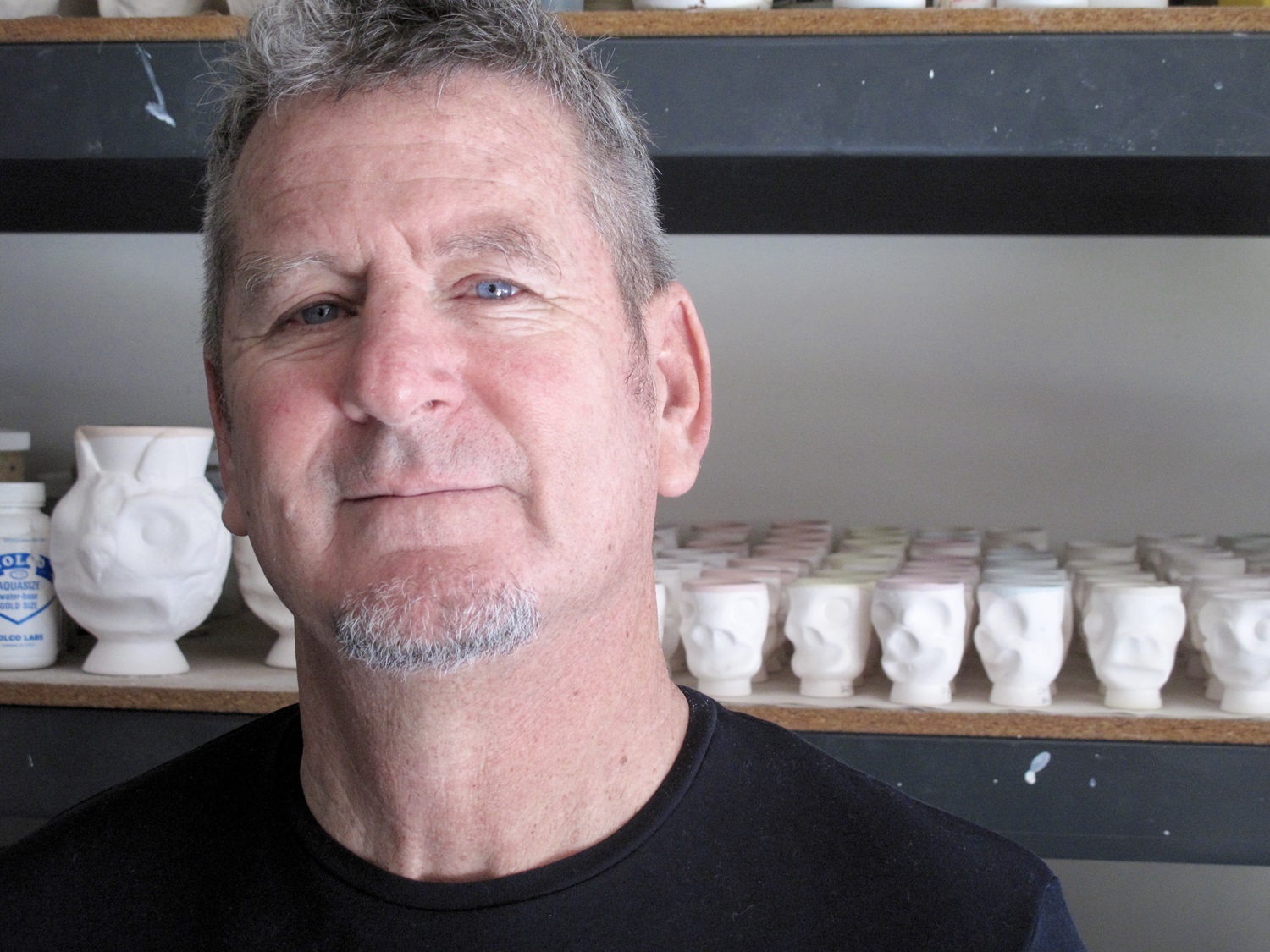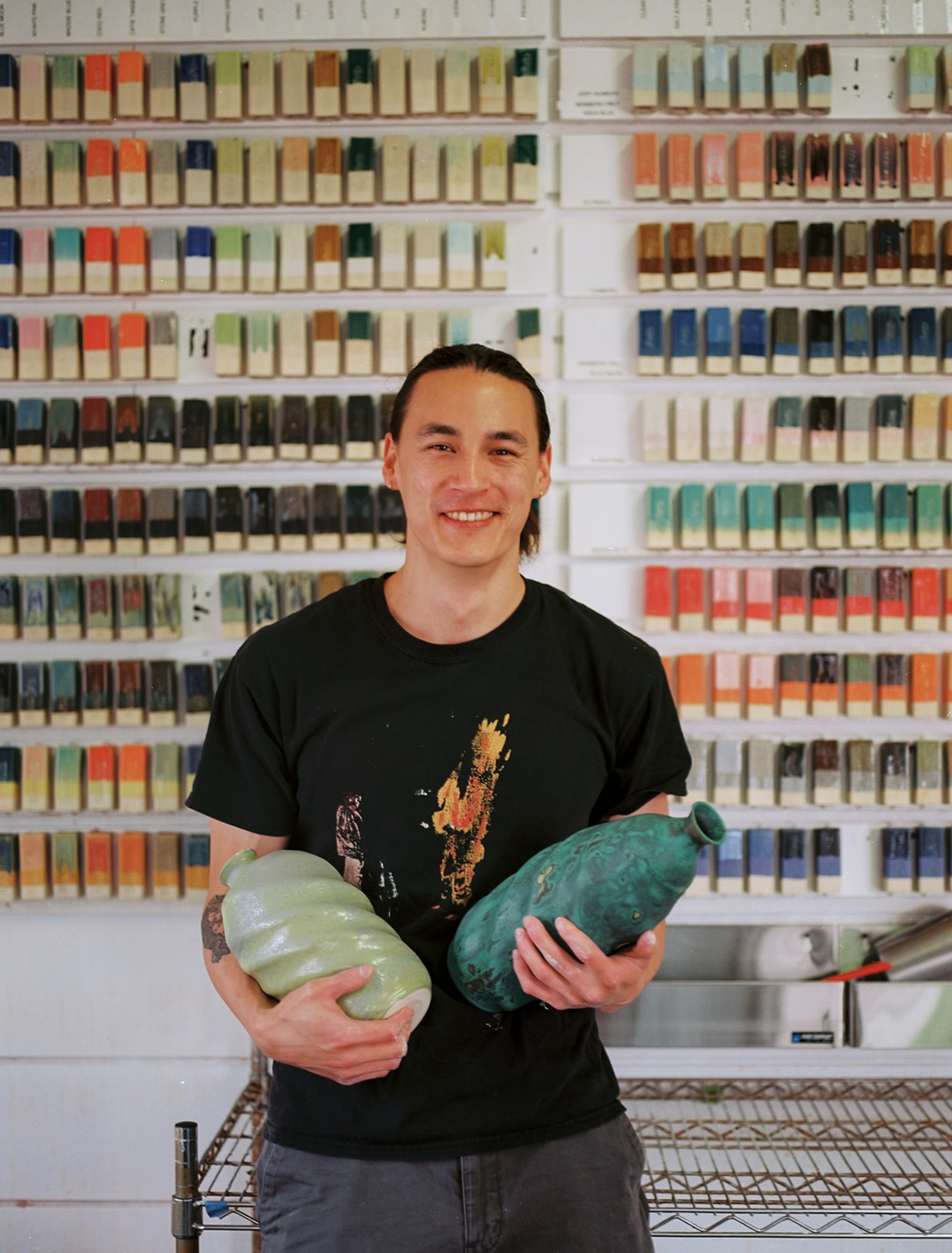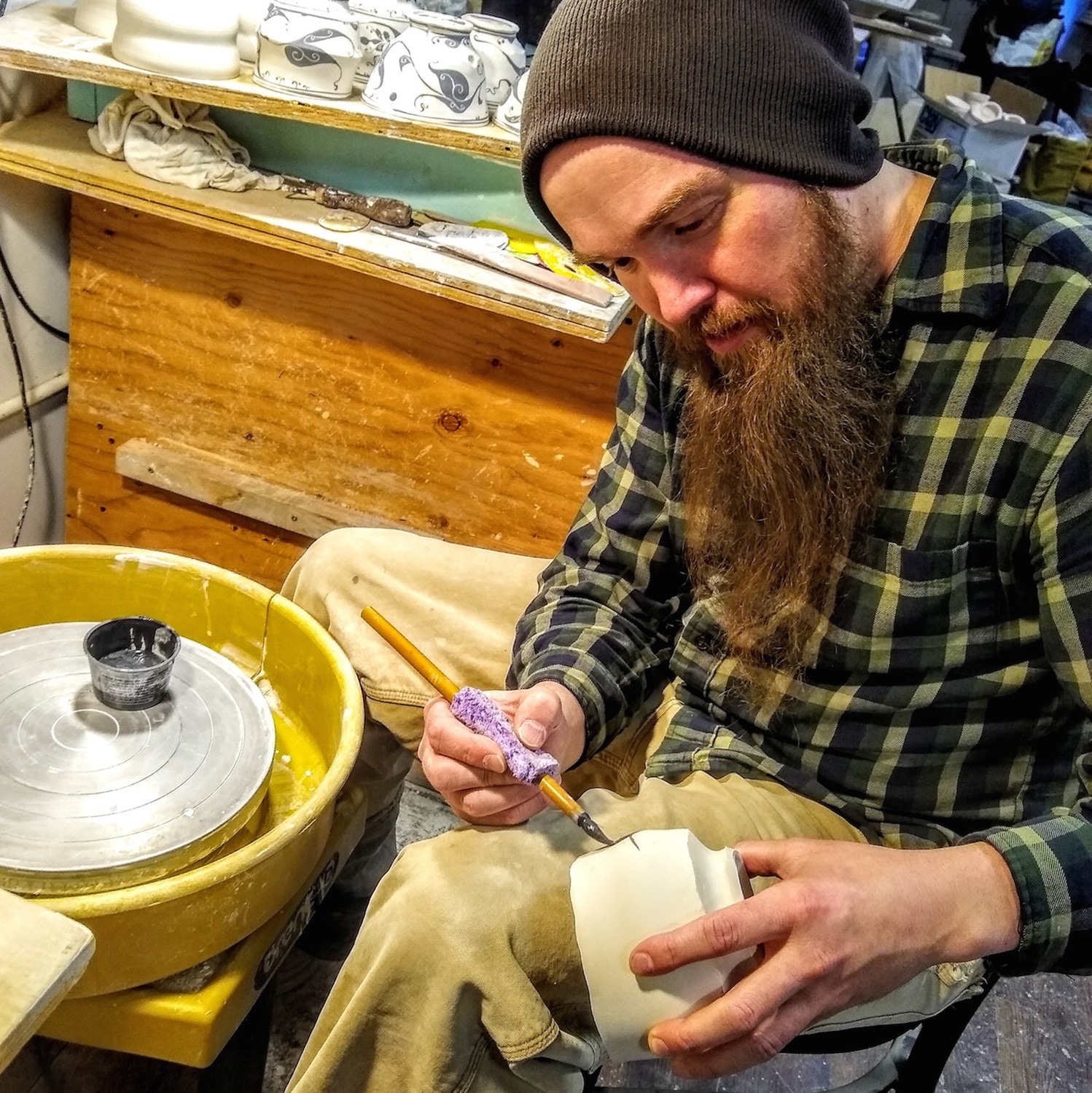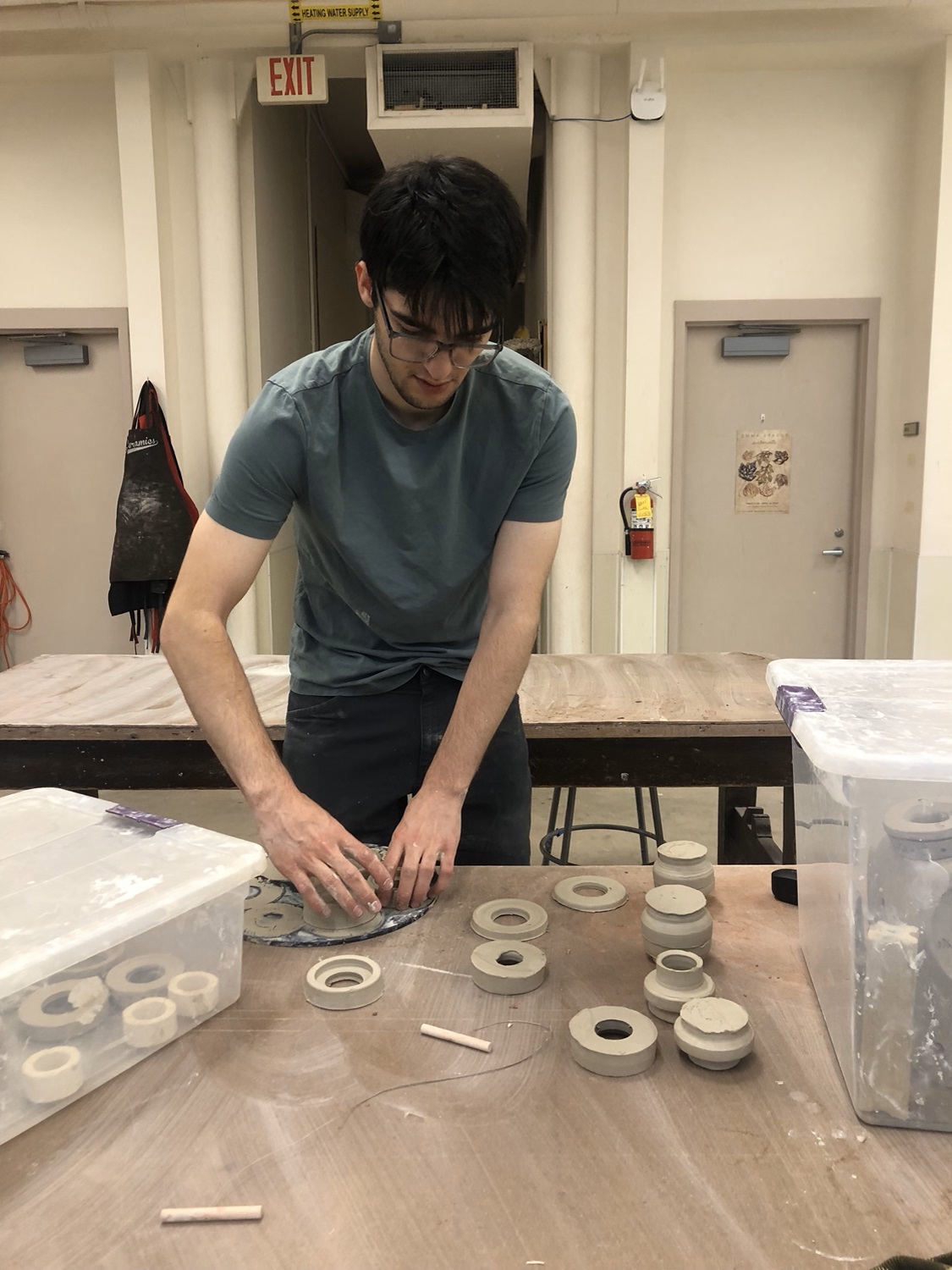Podcast: Play in new window | Download
Britt Whitaker & Craig Britton | Episode 1082
Craig Britton & Brittany Whitaker are ceramic artists currently residing on San Juan Island, WA. Craig and Britt’s collaborative work is inspired by nature and often includes hand-painted flora & fauna motifs. However, Craig’s current body of work explores texture, materiality, and the creation process.
SPONSORS
 You can help support the show!
You can help support the show!
Number 1 brand in America for a reason. Skutt.com
For all your ceramic needs go to Georgies.com
 Tools you find indispensable. Mudtools.com
Tools you find indispensable. Mudtools.com
What is the process of getting supplies out to you? There is no Georgie’s there so what’s it like?
Britt: You know, anytime we do a show in Seattle after we set up the booth one of us will make a run to a pottery supply store to kind of make up for the fact that shipping can be pretty expensive to get things sent here.
Does the tourist season make the rest of the year possible? Those short months in the summer?
Craig: Not usually. We tend to do shows in Seattle and surrounding cities in the wintertime. And do more things on our website and online to make up for those times.
What is something Britt, for you, that you can only get on the island and what is something that you cannot get on the island?
Britt: I guess for me one of the things that I love about living here is just although it is a small island there’s so many different trails that I can take the dog for a walk on year-round. It might be rainy in the winter, but I love that I can drive ten minutes in any direction and have a pretty beautiful trail to take the dog on.
How about something you can’t get on the island?
Britt: Let’s see, I guess food can be limited, although there are a lot of great local farms here and in the summer there’s so much fresh produce, it’s great. We are also spoiled having spent time in California where there is fresh produce year-round. Sometimes I notice the produce in the winter can be hard.
Craig what kind of packing is required to go to show from where you are to a Tacoma show? What is that like?
Craig: It’s usually about a week out we are getting ready for a show like that. We are getting all of our bins ready to hold all of the wares we are going to take because if you forgot something on the island, there’s no coming back. You can’t just pop back to the house to get something. So it’s a lot of preparation and just making sure we have everything we need before we leave the island.
Last question. Do you ever get Island fever?
Craig: No.
Britt: No, I guess the only thing that comes to mind is just missing the sunshine in the winter. That is the only time I feel like I want to get off the island, maybe mid-January and you haven’t seen the sun in what feels like a year. Other than that it is pretty manageable to be here.
Book

Demon Copperhead by Barbara Kingsolver
Contact
Instagram: @livinglargesmall
